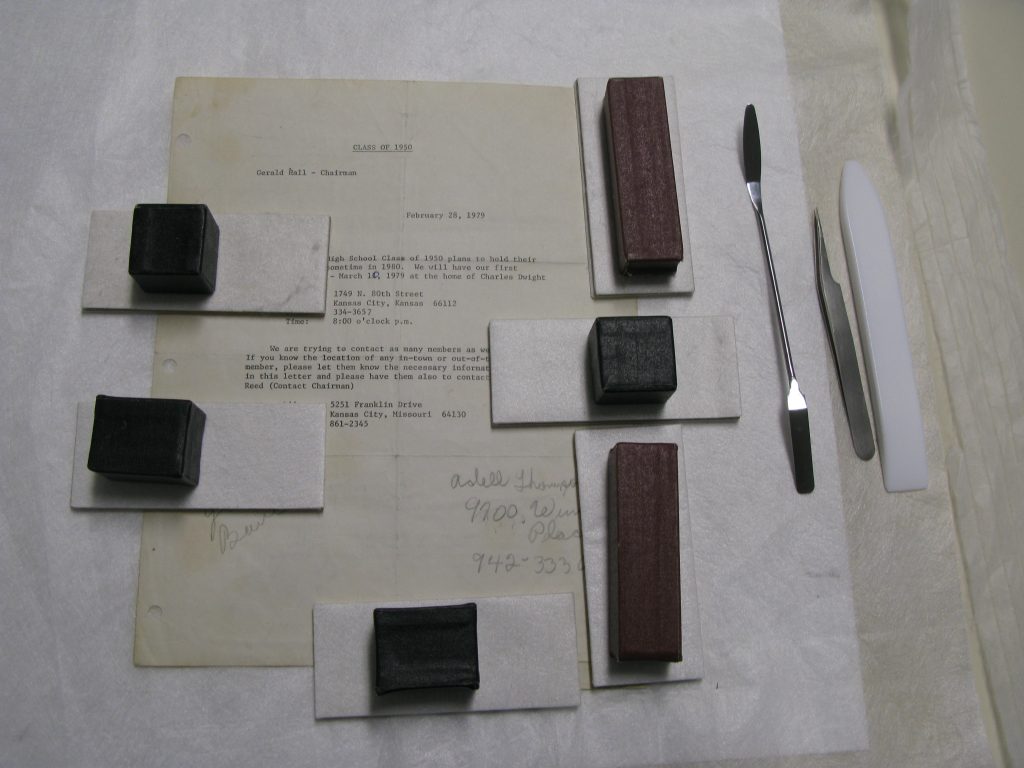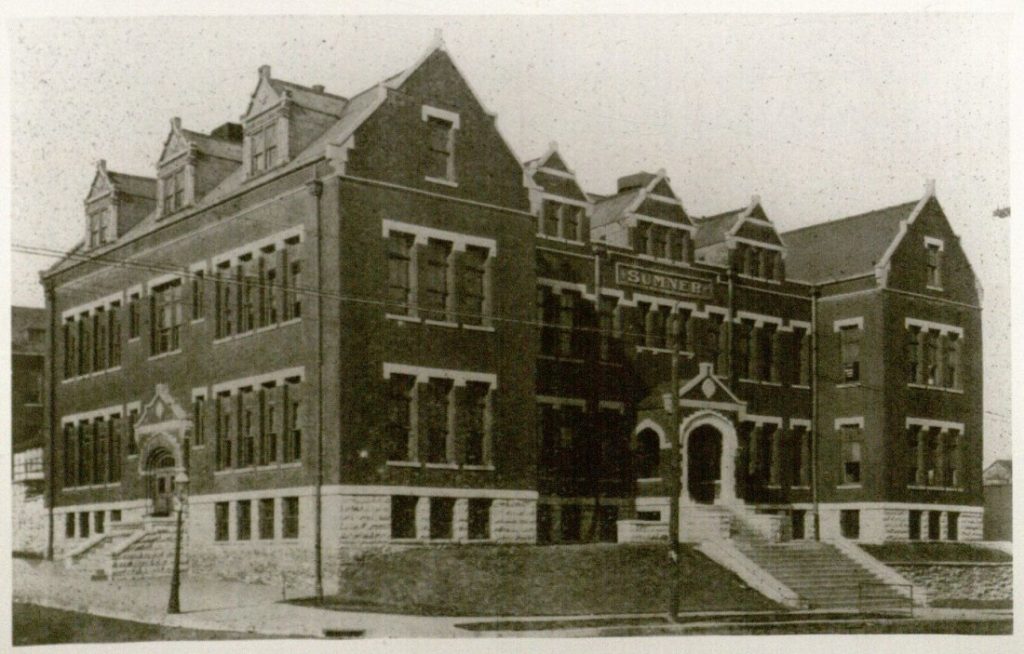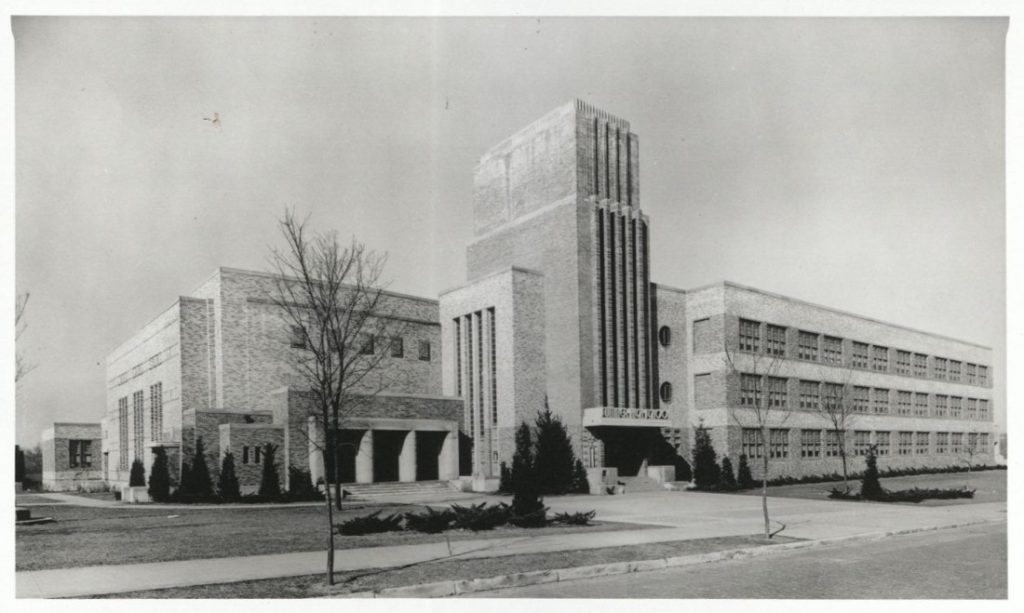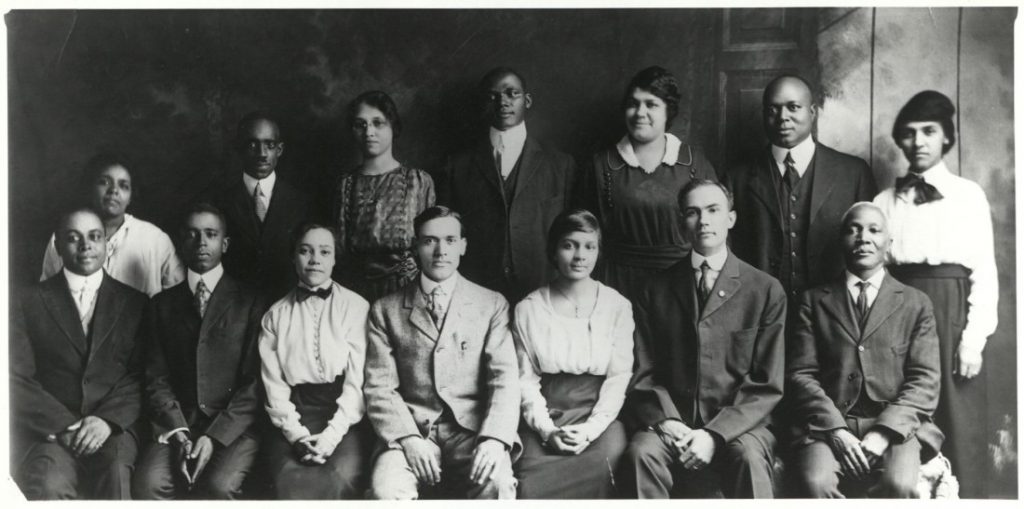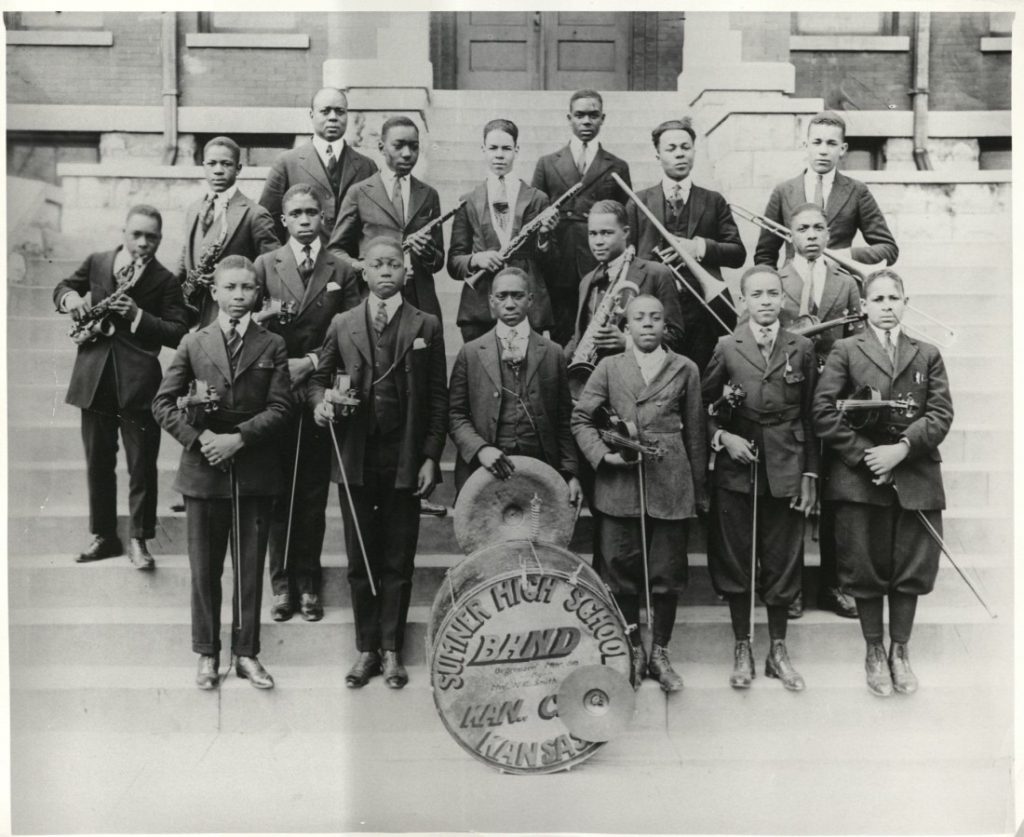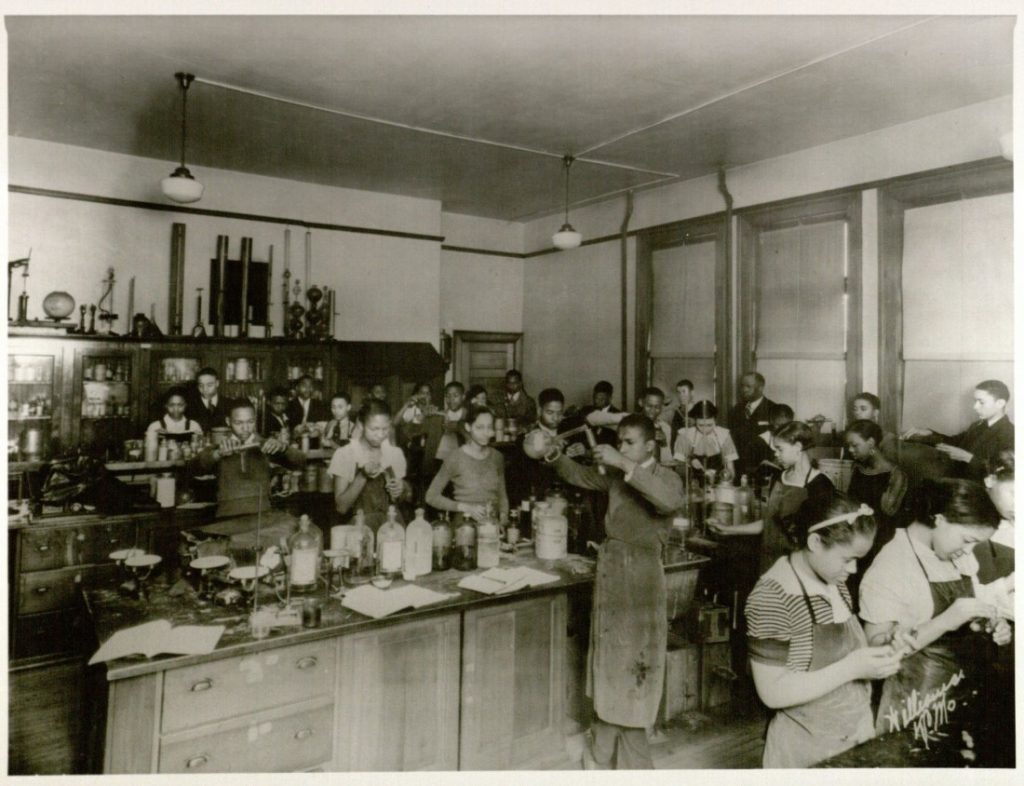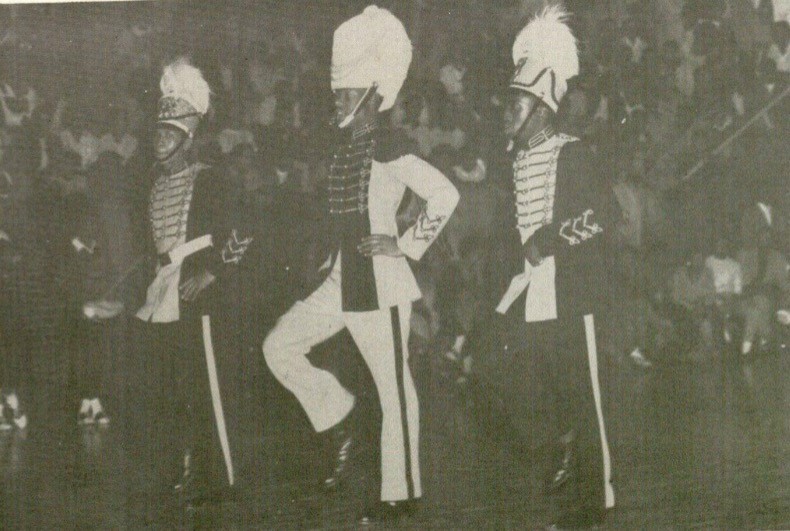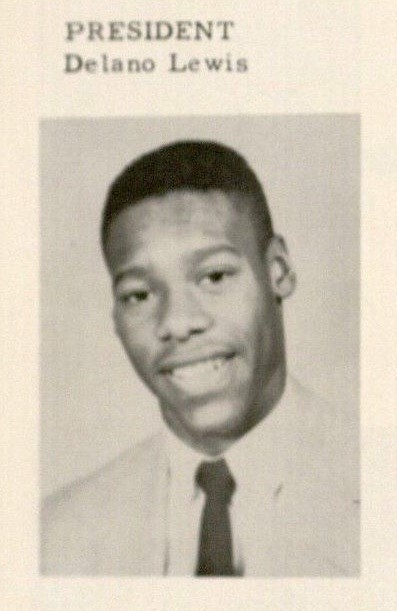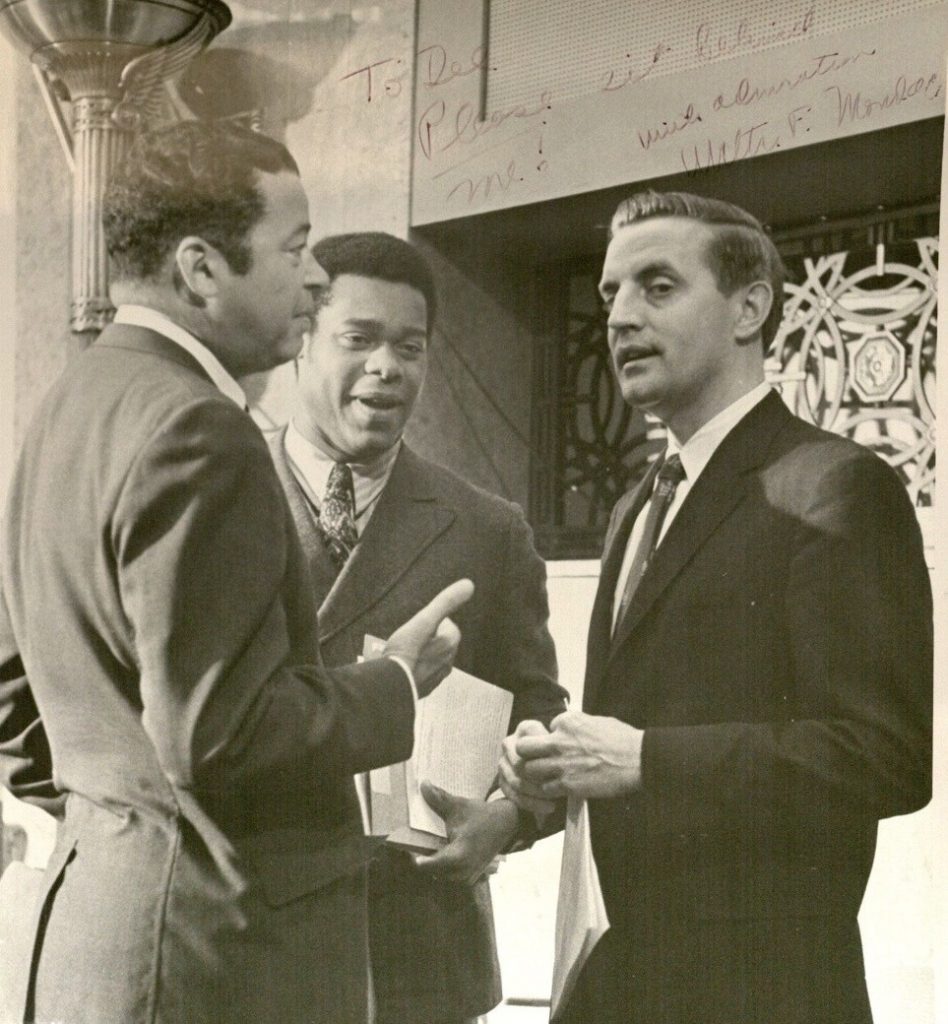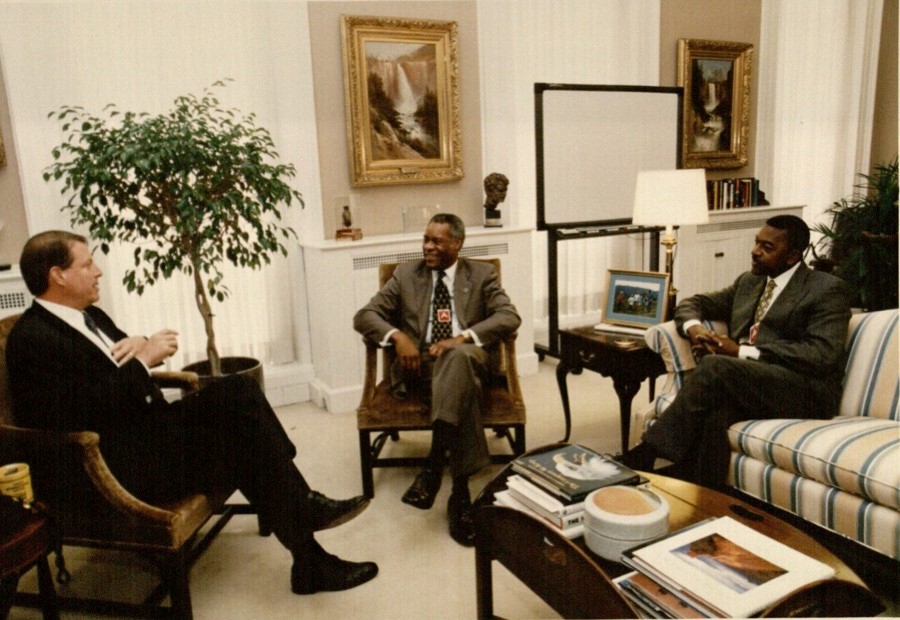HBCULA Preservation Internship, Summer 2023
August 3rd, 2023Aryana Derritt served as KU Libraries’ fourth HBCU Library Alliance Preservation Intern in the summer of 2023. She spent six weeks taking classes online with her cohort, who were each assigned to U.S. research libraries with conservation departments for four concurrent weeks of on-site internships. In this post, she describes her experiences at KU Libraries.
Interning at Kenneth Spencer Research Library in the conservation lab as the 2023 HBCU Library Alliance Intern has been an amazing experience. I have learned so many ways to preserve books and papers from different collections. I performed treatments on the Sumner High School collection which is a part of the Kansas Collection. I chose to do this collection because my grandmother and great-uncle went to Sumner High School.
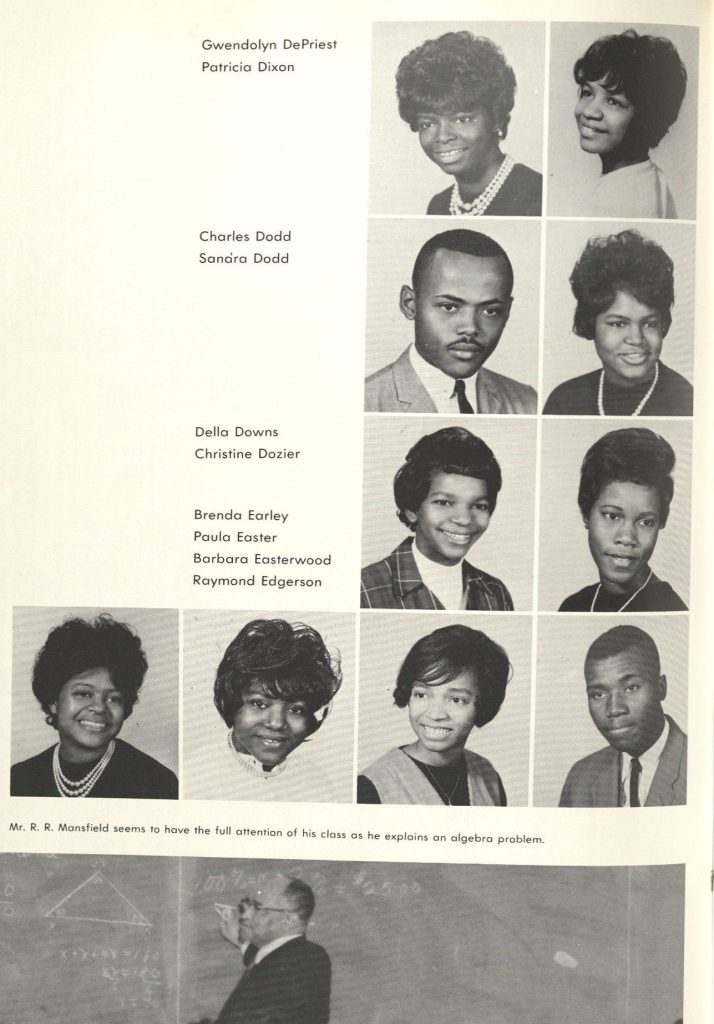
During my four weeks at Kenneth Spencer Research Library, I have learned how to mend, rehouse, and humidify materials. I mended a folder of papers, made a tuxedo box for a book, and humidified papers for the Sumner High School collection.
Sumner High School is in Kansas City, Kansas, and was founded in 1905 under the enactment of Bill No. 890. This school was named after Charles Sumner who was described as a courageous and open-minded individual. The school started with six girls and four teachers and soon grew the year after. Most of the collection consisted of ruled paper and many items had small tears that needed to be mended. Sadly, I did not finish working on the collection, but I am happy to have been given permission by Ms. Deborah Dandridge (Field Archivist/Curator, African American Experience Collections, Kansas Collection) and Mr. Phil Cunningham (Curator, Kansas Collection) to work with the different items.
(More information about the Sumner High School collection can be found at https://bit.ly/46MCMUJ.)
Also, I learned how to make phase boxes from Ms. Angela Andres (Special Collections Conservator), and Ms. Roberta Woodrick (Collections Conservator) taught me how to make tuxedo boxes. I appreciate their patience in teaching me how to use the tools and going at my pace.
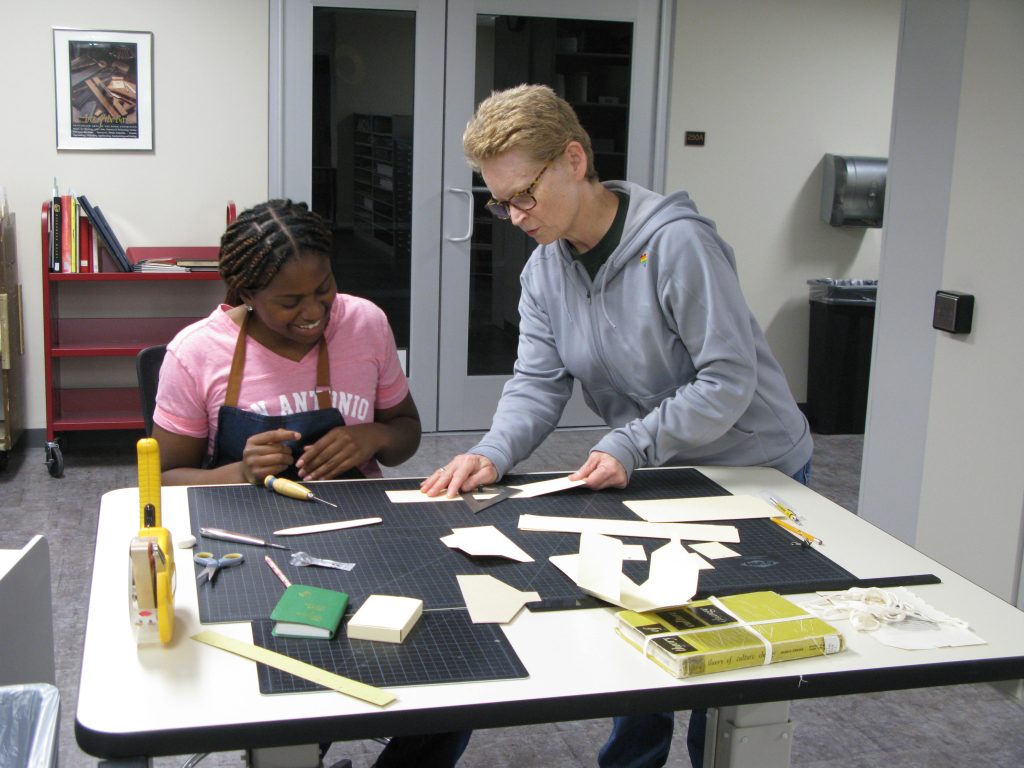
In the first week, I was taught by Ms. Whitney Baker (Head, Conservation Services) how to make an accordion book, which was quite fun. This activity took skill and technique. I was also taught by Ms. Angela Andres and Ms. Whitney Baker how to bind a book. When I first started bookbinding, it was new to me, but I conquered that challenge and am delighted that I learned that skill to take home with me.
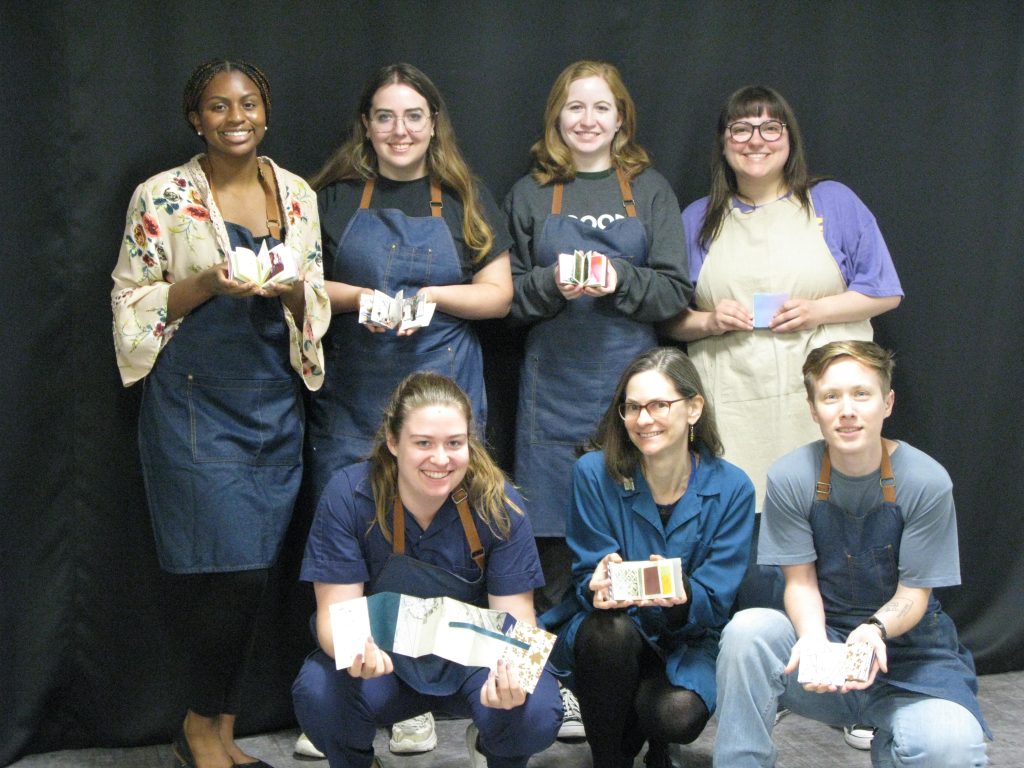
This internship taught me about the role of libraries and the importance of preserving history. I explored things from Medieval manuscripts which are made with parchment to African American literature. I appreciate that I had the opportunity to learn about the details of the Kenneth Spencer Research Library.
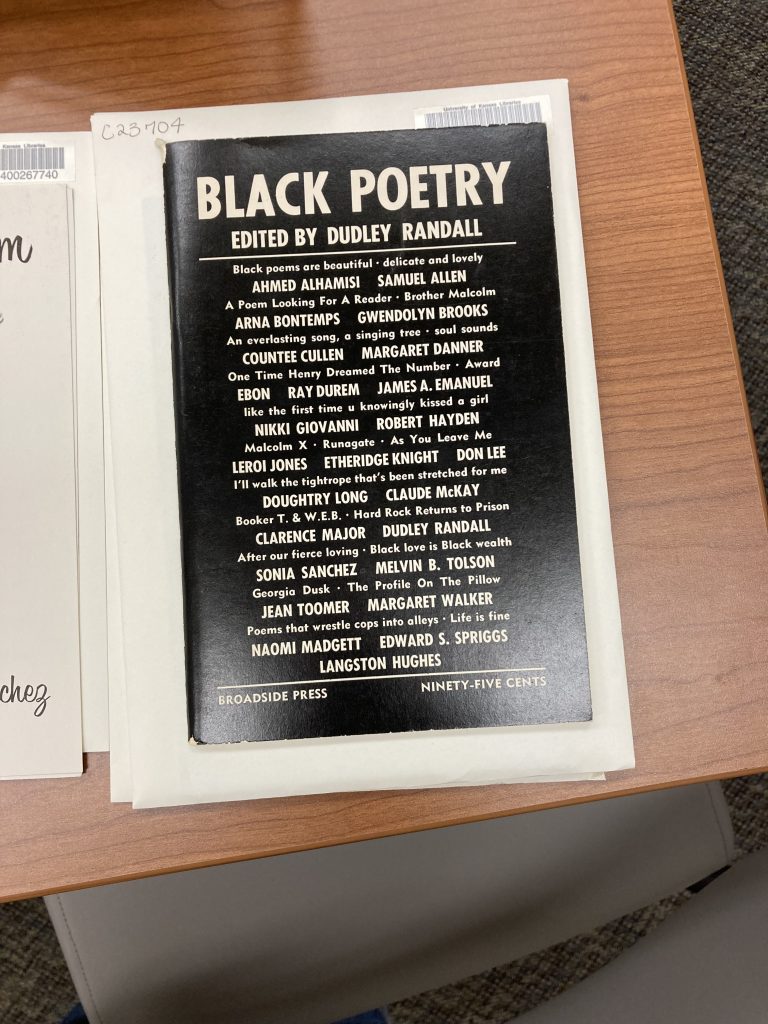
The biggest challenge for me was learning the time and effort it takes to complete a task such as mending and splicing tape in the audiovisual preservation department. I enjoyed the challenge and learned that it is rewarding when you finally finish the task at hand.
On the final day of the internship, I reflected on and learned not just the skills of conservation and preservation but also what it means to have a family work environment and how to function as a team. There was even a storm on my final day but to me, it was a bittersweet ending, and I value everyone that poured their knowledge into me.
Resources:
Sumner High School, n.d, School – Misc “The Story of Sumner High School” by Anita P. Davis, RH MS 1137, Box 2
Sumner High School (KCK), 1955, Events – Commencement, RH MS – P
Sumner High School (KCK), 1958, Events – Commencement, RH MS – P
Sumner High School (KCK), 1965, Events – Commencement, RH MS – P
Sumnerian 1965, Sumner High School collection, RH Ser D1286
Aryana Derritt
2023 HBCU Library Preservation Alliance Summer Intern

